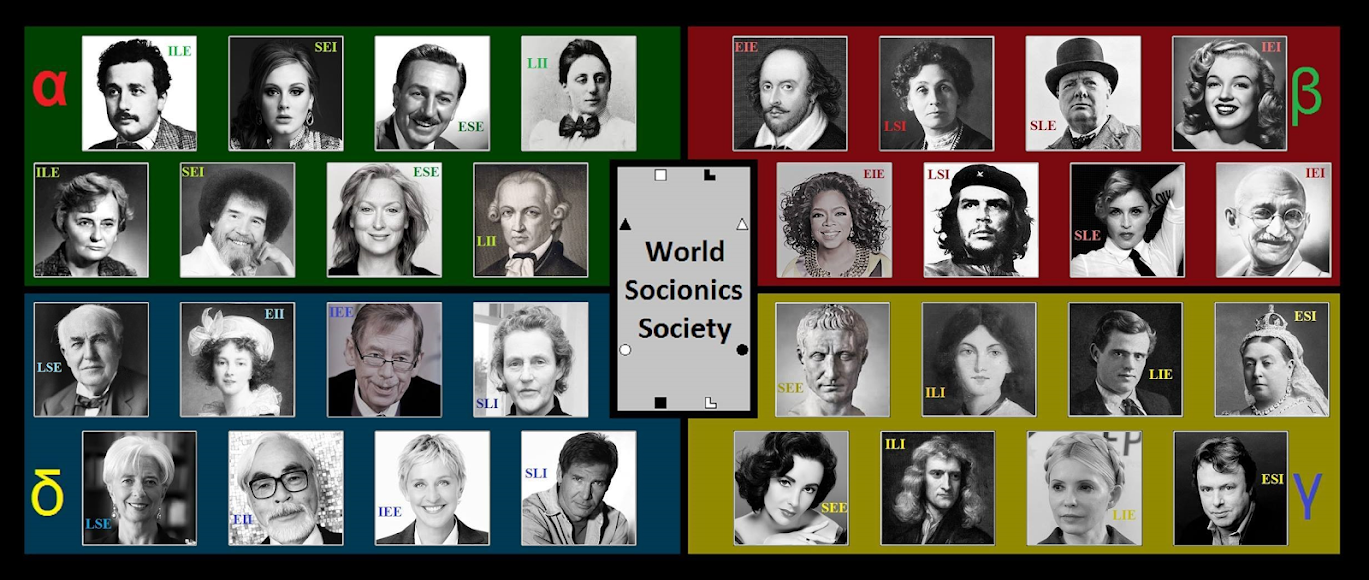 Cristiano Ronaldo dos Santos Aveiro is a Portuguese football player who currently plays for Juventus and the Portugal national team. Born on the Portuguese island of Madeira in 1985, he has since won over 26 collective trophies and 5 Ballon D’ Or awards, playing at Sporting CP, Manchester United, and most recently, Real Madrid. His immense success has garnered the respect of the footballing world, with many pundits considering him among the best of all time.
Cristiano Ronaldo dos Santos Aveiro is a Portuguese football player who currently plays for Juventus and the Portugal national team. Born on the Portuguese island of Madeira in 1985, he has since won over 26 collective trophies and 5 Ballon D’ Or awards, playing at Sporting CP, Manchester United, and most recently, Real Madrid. His immense success has garnered the respect of the footballing world, with many pundits considering him among the best of all time.
One of the most defining characteristics of Ronaldo is his strong willpower. Being an athlete, it is convenient to say that he is competitive – as this is a shared trait among a plethora of sports players. However, what one must highlight about Ronaldo is that his determination and strong desire to win enables him to score whenever and wherever he wants to – this being the skill that makes him not only a great football player but a key figure in the world of sports.
It is also interesting to point out that while Ronaldo does seem to have an almost relentless energy to him, he still recognizes the importance of getting sufficient rest and eating properly in order to achieve his goals, attempting to sleep for at least eight hours and eating balanced meals. However, when not resting, Ronaldo is in a mode of constantly “doing” things – trying to fit in some kind of physical activity whenever he can. Moreover, while Ronaldo believes rest is important, this does not prevent him from wishing to play all the matches (whether it be a friendly or a significant tournament i.e. World Cup), even if playing while injured! For these reasons, it is fair to say Ronaldo has a very strong and valued use of F ( most likely F1), while at the same time a somewhat strong, but unvalued S ( probably S7).
Briefly mentioned in the last paragraph, Ronaldo has had a tendency to push his body in order to play in numerous matches, ignoring any pain or injury. Not only does this demonstrate an unvalued S, it also emphasizes very weak T, as these injuries prevent him from attaining long-term goals. For example, in 2016, his decision to play the Champions League Final (in which he scored the winning penalty) and the majority of Euro 2016 came to haunt him, as the injury he had been ignoring erupted, leaving him unable to play against France in the final, and consequently missing pre-season with Real Madrid. In 2017, his rash, impulsive decision to push a referee in a Super cup game versus Barcelona not only got him sent off for the return leg but also made him miss the first four league matches with Real Madrid – a fundamental absence that left Real out of the title race very quickly. From these events, it is very clear that Ronaldo does not clearly enough reflect on the consequences of his actions, and seems to keep making the same type of mistakes due to his impatient nature. For these reasons, it is blatant that Ronaldo struggles very heavily with T (most likely has T5).
It is noteworthy to recognize that not only is Ronaldo popular in the world of sports, but outside of sports as well, having the most followers on Instagram and being considered one of the most charitable athletes. Therefore, it is fair to say that Ronaldo is a quite popular guy, being very charismatic in nature and easily being able to win over a group of people – indicating quite a strong use of E. However, the evidence seems to suggest that while he uses E strongly, it is not something he values all that much.
In a 2016 pre-match press conference, when asked if it was important for teammates to also be great friends as well, Ronaldo responded:
“I don’t need to have dinner with Benzema or have Bale come to my house (to have dinner), that to me is not the most important thing. The most important thing happens on the pitch, being good teammates, knowing what we want and how we’re going to play. All that about having meals with one another, hugs and kisses – that to me doesn’t matter at all, the important thing is on the pitch, making sure the team wins.”
In essence, Ronaldo does not seem to care about maintaining an emotional mood or atmosphere. In fact, he seems to have more of a professional and pragmatic attitude, caring more about the improvement of the team and working diligently with his teammates in order to win games and trophies. Again, Ronaldo feels as if there is always room for improvement, wanting to set new records and goals for himself (whether that be goals scored, trophies won, individual awards) and not using his increasing age as an excuse. Hence, it is reasonable to conclude that while Ronaldo isn’t bad at E, his priorities and values deal much more with P, possibly indicating a functional ordering of E8 and P6 and a preference of Gamma over Beta values.
In 2018, Ronaldo’s post-match comments after the Champions League final also highly reflect both his low focus on maintaining a common or unified emotional atmosphere. While the team had won their third consecutive Champions League in Kiev, the Portuguese goalscorer hinted at possibly leaving the club. Ronaldo would then face criticism by team captain Sergio Ramos and manager Zidane (most likely both Beta types), as the focus shifted from the positive emotional atmosphere of winning the trophy to a pessimistic one, as the club would possibly lose its most valuable asset. While Ronaldo did indeed apologize afterward, the comments are indicative of strong R (most likely R2), as he is not afraid to express his emotions sincerely, even if it might be controversial or harmful to the common emotional mood.
When one looks to the reasons as to why Ronaldo made those comments, it becomes even clearer that he values personal loyalty over loyalty to a system or institution. One of the primary reasons that Ronaldo threatened to leave the club (and eventually did) was because he no longer trusted the club’s president, Florentino Perez. In the face of a tax evasion scandal he claimed not to be responsible for, the Portuguese hoped for a new contract with an increased wage to more easily pay off the authorities. Contrarily, Perez believed that it was irrational to increase the salary of a player who would almost be forty years old at the end of the supposed new contract, as the massive payments would put the club in jeopardy of signing the new generation of superstar players. This focus on personal loyalty again hints at Gamma values, as Ronaldo saw the president’s refusal as a betrayal, meaning he could no longer trust in him.
In addition, Ronaldo’s belief that he should not be subject to a hierarchy or system and should be able to get whatever he demands can even be indicative of a very weak and unvalued L, most likely L4. Additionally, after the victory in Kiev, Ronaldo stated the tournament should be called the “CR7 Champions League”, even though the team with the most titles (his own team, Real Madrid) had won 13 (yet he had only won 5). Lastly, his desire to want to take all of the free kicks (while there were much better kickers than him) or play all of the matches (even if he was getting older and needed more rest, or was injured) emphasize not only the weak rationale and capriciousness behind his decisions, but also his reluctance of any rules or hierarchies that could possibly get in his way.






